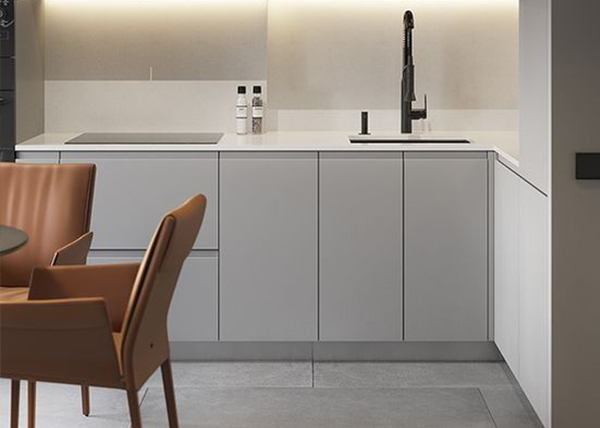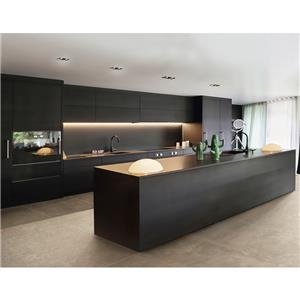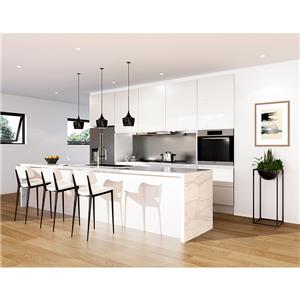Eight key changes that may drive the development of kitchen cabinet enterprises
In the development process of kitchen cabinet companies, breaking through various obstacles is of great significance to the development of cabinet companies. Cabinet companies can try the following eight changes, which may allow companies to stand out in the fierce market competition.
I. Innovate and develop traditional production techniques
The cabinet industry has always relied on traditional production processes. Since most companies lack the ability to reform and innovate, the cabinet industry has problems such as high costs, low efficiency, high costs, poor quality, and long delivery cycles. Cabinet companies should combine the development trends of the industry, learn from the advanced technologies of developed countries, formulate practical development plans, give full play to the advantages of products and processes, realize the economical, practical, efficient and energy-saving functions of cabinets, and make cabinets on the basis of traditional craftsmanship Innovation and development.

II. Improve the functionality of cabinet products
The important indicators to measure whether an enterprise is advanced, whether it has market competitiveness, and whether it can continue to be ahead of its competitors are based on the fact that only by being technologically advanced can it produce high-quality products. With the rapid development of my country's cabinet market, the application and research and development of related core production technologies have become the focus of industry companies, and the innovation of cabinet products has also begun to shift from decorative to functional. After experiencing several debates over styles and materials, the Chinese kitchen cabinet market must truly return to the "functional theory."

III. Open up channels to solve logistics "faulty" problems
It is an indisputable fact that the logistics problems of kitchen cabinet companies are flaw and hinder the development of the industry, but it does not mean that the flaw will eventually develop into a brand that will not go away. In view of the problems such as scratches, wear, and even deformation of cabinets caused by bumps and extrusions during the logistics process, cabinet companies can find ways to avoid them. In addition, product transportation channels should be opened up, supporting logistics solutions should be established, or third-party logistics companies should be combined.

IV. Improve the quality of after-sales service and improve the after-sales service mechanism
The slow efficiency of cabinet companies in handling customer after-sales issues is a major problem plaguing the industry. It is crucial to establish an after-sales service mechanism for companies to respond quickly. Cabinet companies must be good at using modern information technology to make after-sales service more convenient. For example, by building an enterprise's suppression system to quickly call out customer orders or feedback information and process it in a timely manner, and by scanning WeChat QR codes, you can interact with consumers as quickly as possible. Cabinet companies must pay full attention to after-sales service and brand it to bring more value-added services to customers.

V. Digitalization and Technological Innovation
With the advancement of technology, digitalization plays an increasingly important role in the kitchen cabinet industry. Companies may enhance efficiency, reduce costs, and offer more personalized products and services by adopting smart manufacturing, virtual design, and digital marketing technologies.

VI. Sustainable Development and Environmental Awareness
Growing consumer concern for environmental sustainability presents both challenges and opportunities for kitchen cabinet enterprises. Utilizing eco-friendly materials, promoting a circular economy, and reducing resource waste are likely focal points for companies.

VII. Consumer Preferences and Design Trends
Consumer preferences for kitchen cabinet design and styles may undergo changes. Understanding and adapting to current design trends, and providing products that align with market demands, are crucial for maintaining competitiveness.

VIII. Global Supply Chain Impact
The globalization of supply chains can affect kitchen cabinet enterprises. Changes in international trade policies, fluctuations in raw material prices, and global economic conditions can impact a company's supply chain and cost structure. Hence, companies need to be adaptable to these changes.

IX. Conclusion
These factors may intertwine and have complex effects on the development of kitchen cabinet enterprises. To stay competitive, companies must closely monitor market trends and adjust strategies flexibly to adapt to the ever-changing business environment. I hope these insights help you understand the dynamics of the kitchen cabinet industry.




